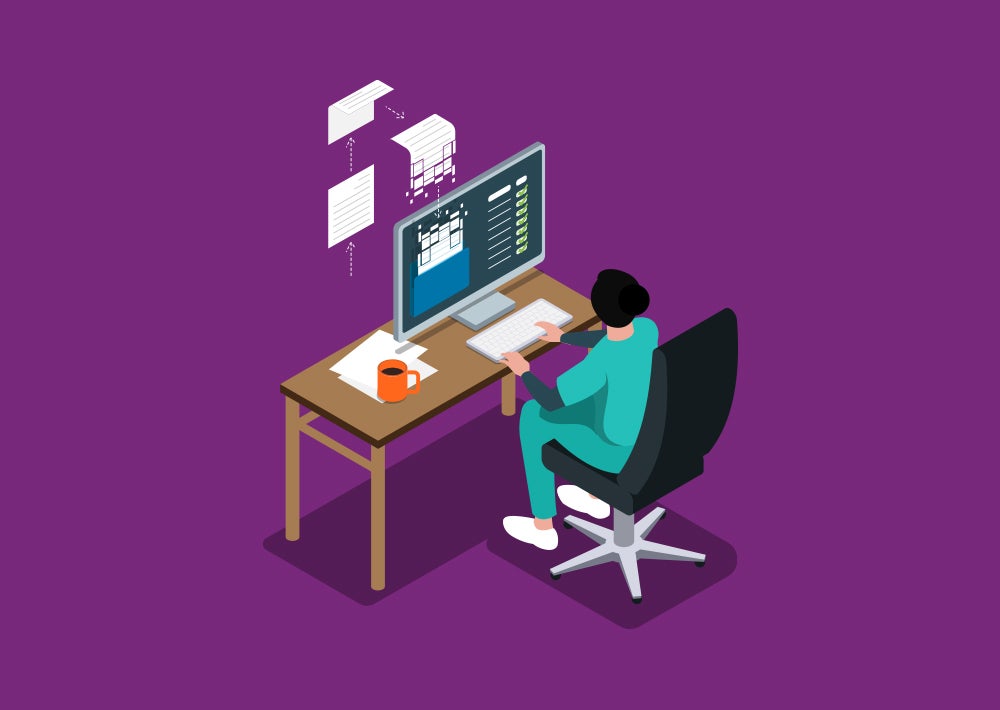Community health centers across the U.S. have a critical mission: providing care for all patients regardless of their ability to pay. In order to keep their doors open, they must ensure they’re reimbursed for their services and operating in a way that’s financially sustainable.
We sat down with Beth Wrobel, a community health center consultant and former CEO of HealthLinc, a federally qualified health center (FQHC) with 12 clinics across Indiana. Wrobel shared her outlook on the challenges facing community health centers and offered her thoughts on how these critical healthcare organizations can bring stability to their bottom line.
What challenges do FQHCs face in maintaining positive financial health?
Wrobel: When you look at what it takes to be a strong FQHC that meets the requirements of the Health Resources and Services Administration (HRSA) and fulfills the needs of its community, it’s simple: Money going in must be greater than or equal to money going out.
Simply put, if there’s no money, there’s no mission.
That means you have to focus on where money is leaking out of your organization—where reimbursement is inaccurate, where denials are significant and where patients’ financial responsibility is not being collected. Technology can help. It can help you analyze payment trends, collect and report Uniform Data System (UDS) data, offer foresight into patients’ eligibility and financial responsibility, and make it easy for patients to pay their balance.
FQHCs depend on Medicaid reimbursement. How can they ensure that all of their patients are up to date with their coverage?
Wrobel: Ensuring patients are up to date with their Medicaid coverage requires proactive, ongoing engagement—but calling every eligible patient can be incredibly labor-intensive for your staff.
Digital intake and outreach tools make it easy to identify patients who are on Medicaid and educate them about why it’s important to keep their information up to date and respond to any requests from Medicaid to verify it. Segmentation is crucial—you don’t want to send out an email to every single one of your patients, at least some of whom will be uninsured or on other plans.
Grants are a key source of funding for FQHCs, but applications and reporting can be time-consuming. How can FQHCs leverage technology to streamline that reporting and expand their grant opportunities?
Wrobel: The most important piece of data for FQHCs is the Health Center Program UDS report. Digital intake platforms make it much easier to collect that information in a standardized way. Digital intake also allows you to quickly add fields, which is huge when you’re trying to collect data for a variety of grants.
Adding more fields can be taxing on patients, so it’s great to use a digital platform that customizes intake for each patient so they only answer questions that are relevant to them.
Analytics are important too—when you have visibility into your data, you can understand what grants you might be eligible for. Being able to slice data is very important: Look at your outcomes and your population and ask yourself, ‘Can we do that?’
What best practices can you share with FQHCs that are trying to improve their patient-payment collection rate?
Wrobel: It’s a misconception that FQHCs aren’t collecting from patients. We have patients with commercial insurance, we have Medicare patients—we have people who can pay. And by automating the payment process, we can allow them to do it quickly.
Automating collections takes the pressure off of the front desk—they don’t like to ask for money. It’s the most uncomfortable part of the job. Nobody wants the other people in line to hear that they can’t afford their balance. With a digital platform, patients can set up their own payment plan.
Technology also can help your staff by automatically checking whether patients’ insurance has changed since their last visit. Patients can be prompted to update it themselves during pre-visit intake, and automated eligibility and benefits checks can help make sure they still have coverage, preventing claims denials.
If you could give FQHC leaders one piece of advice to help them maintain a healthy balance sheet, what would it be?
Wrobel: You need good technology to collect data that allows you to get paid what you’re owed. Humans simply can’t work effectively in a paper-based process. You need technology to grow, because without it, growth is not sustainable. If you don’t invest in infrastructure to solve longstanding challenges, your providers and staff won’t be set up for success.
Learn more about how Phreesia helps community health centers maximize efficiency and deliver equitable, patient-centered care.





